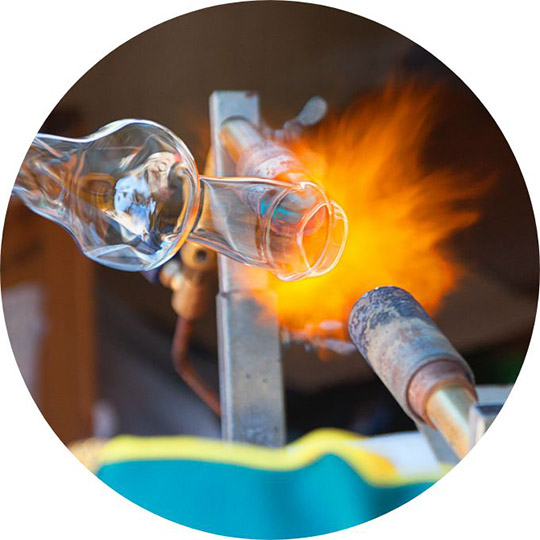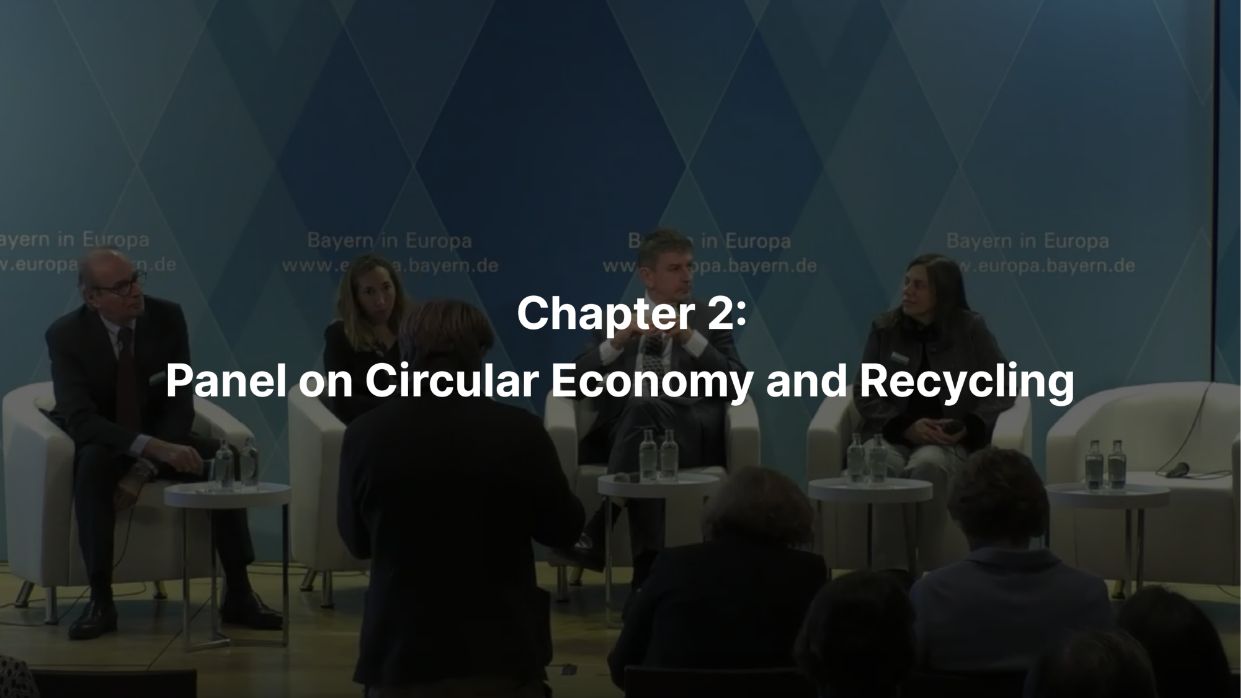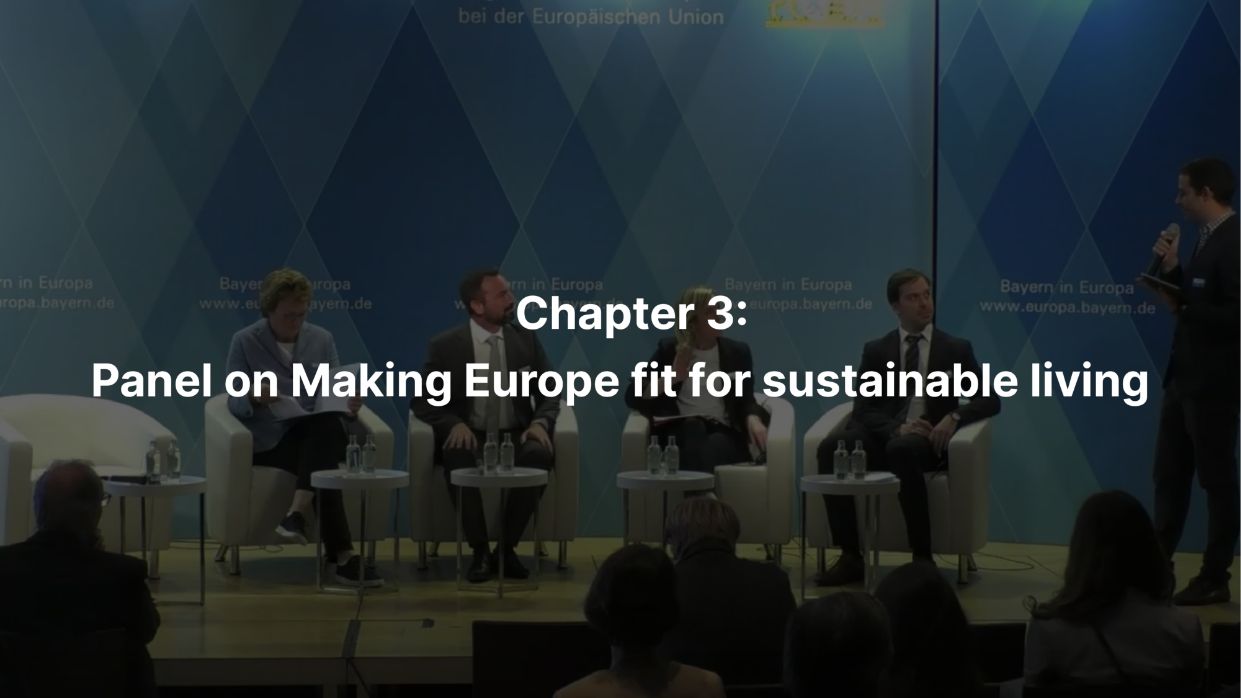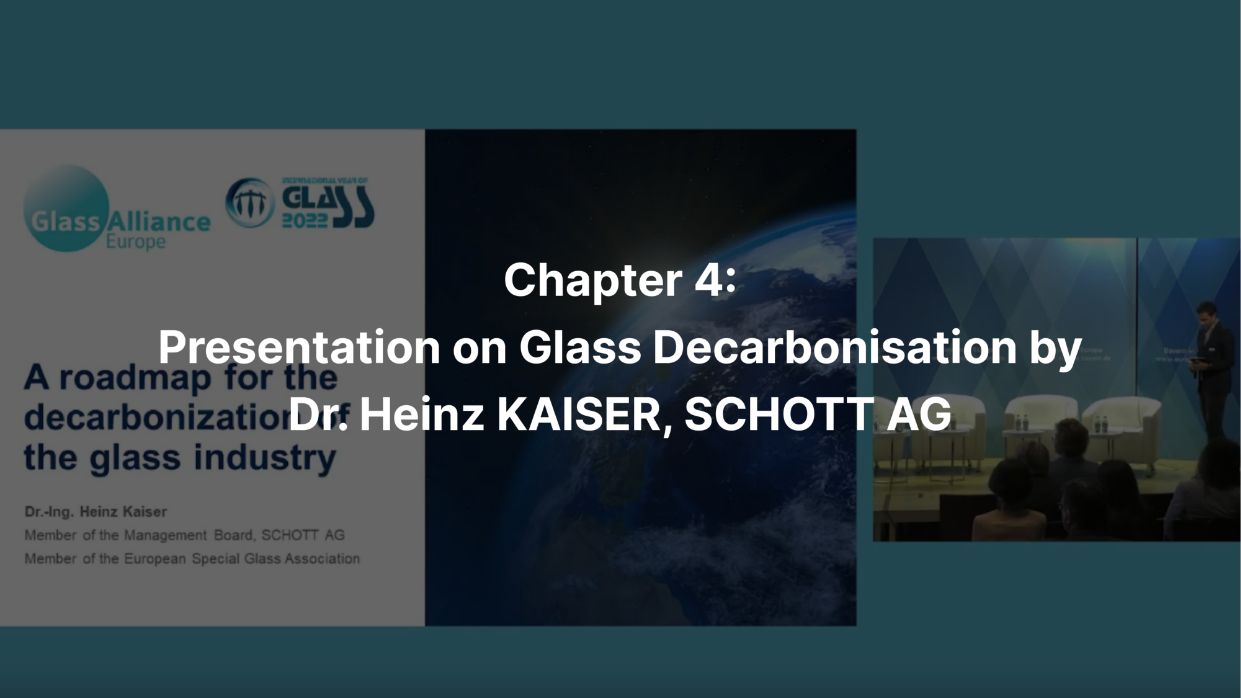What is Glass?
Glass is a solid-like and transparent material that is used in numerous applications in our daily lives.
Glass is made from natural and abundant raw materials (sand, soda ash and limestone) that are melted at high temperature to form a new material: glass.
Glass manufacturing has an age-old tradition which dates to around 3500 BC. Since then, processes have constantly evolved from craftsmanship to today’s high-tech industrial processes and the number of glass types and applications have multiplied.
Glass has shaped Europe’s cultural heritage, regions, industries, living conditions, technological deployments, etc. like no other substance.
The Glass Industry in Europe, strong and diverse
500
glass manufacturing
plants
500,000
jobs along
the value chain
25
European countries with
glass production
40 million
tonnes of glass
produced annually
Applications
Glass is all around us…
Glass is an unlimited and innovative material that has plenty of applications. It is an essential component of numerous products that we use every day, most often without noticing it. Glass continues to offer cutting edge solutions, including in combination with other materials – a trend that is very likely to continue in the future.
The sheer unlimited opportunities offered by glass results from its inherent properties and extensive investments made by the industry to ensure glass products are fit for a sustainable, resource efficient, low carbon and culturally vibrant European society.
Modern life would not be possible without glass!
Packaging
Tableware
Buildings, Construction and Infrastructure
Interior Design and Furniture
Electric & Electronics
Automotive and Transport
Medical Technology
Radiation Protection
Fibre Optic
Cables
Renewable
Energy
Glass making
Glass industries are characterised by a multitude of production processes depending on the final product manufactured and its end-applications. However, all these manufacturing processes have a common origin: glass first needs to be melted!
1
The most commonly used type of glass is made of silica sand, soda ash, limestone, dolomite and recycled glass, but the composition may vary to meet specific requirements.
2
These raw materials are kept in different silos. After being weighed separately, they are mixed and poured into the charging hopper along with the cullet (crushed scrap glass).
3
The mix of materials is loaded into the furnace where it is melted at temperatures from 1300°C to 1600°C to form molten glass, which can further be processed to have specific properties such as resistance to breakage.
4
The molten glass is then taken out of the furnace to be shaped and cooled down afterwards.
5
Glass competitiveness
Innovation is crucial for glass industries


Maintaining a competitive edge in international markets
European glass industries are proud of the environmental gains that have been achieved and their contribution to the European Green Deal and Sustainability agenda. Investments in state-of-the-art environmental systems enabled our industry to comply with some of the world’s most ambitious environmental regulations. But the increasingly fierce international competition from outside the EU makes the integration of higher production costs increasingly challenging
Using energy in the most efficient way


Promoting recycling, ensuring access to raw materials and managing chemicals
The recycling of glass is already a reality in the glass industries although there are variances in the way glass sectors use recycled materials. Exchange of best practices and experience in recycling is therefore key for glass industries to increase even further the recycling rates. Glass recycling also helps in saving energy as cullet melts at a lower temperature than raw materials. Consequently, less energy is required for the melting process.
While the European glass industry mostly uses abundant raw materials extracted responsibly in the EU, some of its sectors may be faced with the challenge of accessing some very specific rare earths when these are a source of fierce international competition.
Glass, The Hidden Gem Of A Carbon Neutral Future
Glass creates the conditions for sustainable growth in Europe and contributes to Europe’s Green Deal and to the United Nations’ Sustainable Development Goals.
Glass products are indispensable to the transition towards a climate-neutral circular economy: for renovating buildings, producing more renewable electricity, decarbonising means of transport and making sustainable packaging. Glass also contributes to the digitalisation revolution. In short, glass creates the conditions of prosperity, a symbiosis with society and the environment.
Glass is the future!
For the first time in the history of the United Nations’ International Years, a man-made material was recognised as essential and awarded as 2022 International Year of Glass.
We are living in a ‘Glass Age’ and the United Nations (UN) aimed for the International Year of Glass to underline the scientific, economic and cultural roles of glass throughout the world in the context of the UN 2030 sustainability goals.
Glass underpins many technologies that can facilitate the development of more just and sustainable societies to meet the challenges of globalization. It is also an important medium for art and its history is integral with that of humankind. Glass enriches our lives, yet so often goes unnoticed.

Videos of the Glass Alliance Europe event on 16 November 2022 are available below




